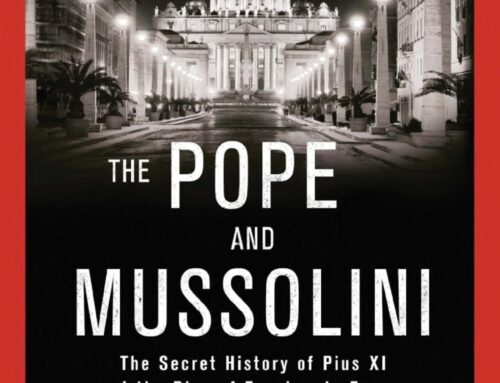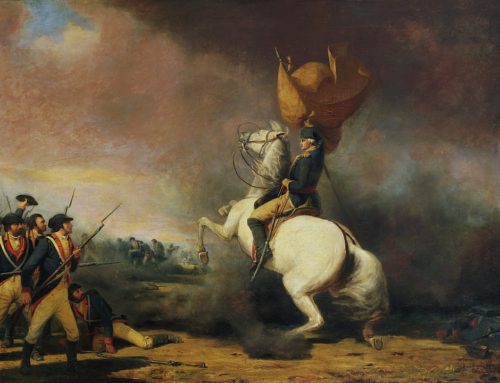At a friend’s suggestion, I am watching Netflix’s production of Viceroy’s House. The production focuses on the Last Viceroy of India, Lord Mountbatten, and the independence of Pakistan and India. The loss of India, the Jewel in the Crown of the British Empire, led to the dismantling of the entire British Empire. That is, India and Pakistan independence in 1947 was quickly followed by British departure from Palestine, 1948. Within 15 years, all of Britain’s Africa possessions demanded independence.
For 300 years Britain ruled “India.” However, the Muslims led by Mohammed Jinnah, demanded their own country, and thus required Britain to partition India into two states—the Republic of India and the Republic of Pakistan.
The partition displaced over 14 million people along religious lines, creating overwhelming refugee crises in the newly constituted dominions; there was large-scale violence, with estimates of loss of life accompanying or preceding the partition disputed and varying between several hundred thousand and two million. The violent nature of the partition created two hostile neighbors that have frigid relations since 1947.
In addition to seeing Viceroy’s House, I recommend the book, Freedom at Midnight that highlights the last days of British rule.
While an overwhelming number of people in Great Britain supported the dismantling of the empire, Winston Churchill wanted to retain British rule. While Churchill was a great man, he would be considered a racist and a white elitist in today’s world.
The reality on the ground was that Britain could not afford the empire. Because Britain was bankrupt after World War II, the Labour Government wanted to focus on enriching the lives of the average Englishman rather than hold on to the Empire. In hindsight, Churchill was wrong and the British people were correct. Unlike France, Britain was much more accommodating toward the independence of their colonies. By contrast, France bankrupted themselves trying to keep Vietnam and Algeria.



